Production Facility
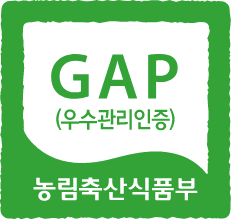
Objective
Protecting the agricultural environment through low-input sustainable agriculture
Establishing a farm-to-sale food safety management system from production
to the consumer, ensuring the supply of safe agricultural products.
Enhancing consumer trust in domestic produce and strengthening the competitiveness of
our agricultural products in the international market through the assurance of food safety.
Promoting sustainable agriculture with minimal inputs for environmental protection
Background
Based on the information provided, it appears that there is a growing national concern
regarding the safety of agricultural products in South Korea. Media reports of excessive
pesticide residues in some vegetables and fruits have led to heightened public concerns.
Incidents such as the discovery of parasite eggs in kimchi and issues related to school meals
have emphasized the need to strengthen the safety of domestic agricultural products.
Internationally, there is a recognized need for the supply of safe agricultural products,
leading to the development of Good Agricultural Practices (GAP) standards by international
organizations such as Codex and the Food and Agriculture Organization (FAO).
The Codex Alimentarius Commission and FAO have established GAP standards
to promote sustainable agriculture and enhance safety measures.
※ Food Chain Approach: Systematic Management and Transparency of the Entire Food Production to Consumption Process for Food Safety Preventive Measures
Furthermore, various countries including European countries, the United States,
Chile, Japan, and China are currently implementing GAP systems.
In response, South Korea has also been implementing the GAP system
since 2006 to enhance the safety of agricultural products.
Efforts for
GAP Certification
of Geumsan Ginseng
GAP Certification
of Geumsan Ginseng
In Geumsan County, efforts are being made to supply safe ginseng from seeds to the dining table by undertaking the following tasks related to GAP certification
In 2006, 47 farms were the first in the country to implement GAP certification for ginseng.
In 2007, the first certification for excellent agricultural product management facilities (now
known as excellent agricultural product management facilities) was achieved in the country.
In 2007, an additional 48 farms implemented GAP.
In 2008, GAP was implemented in 101 farms, and among the 18 farms that applied in 2005,
the first 10MT of GAP-certified ginseng was shipped.
In 2009, GAP was implemented in 181 farms, and among the farms that implemented
GAP cultivation between 2006 and 2007, 11 farms shipped 29MT of produce.
In 2010, GAP was implemented in 329 farms, and among the farms that implemented
GAP cultivation between 2007 and 2008, 22 farms shipped 29MT of produce.
In 2011, 10MT of GAP-certified ginseng was shipped to Pulmuone.
To ensure the production of safe ginseng, thorough inspections for harmful substances
are carried out from the soil before cultivation, including the examination of over 280 types
of pesticide residues and 14 other heavy metals such as cadmium.
Furthermore, an RFID system has been established to provide information
on ginseng production history, processing history, and the results of hazard testing,
all contributing to the production of safe ginseng.
-
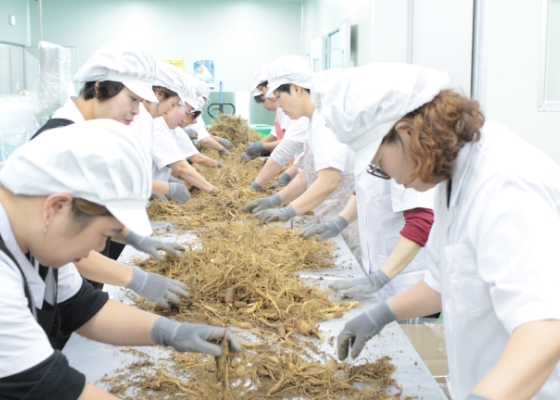
1.Ginseng Sorting
-
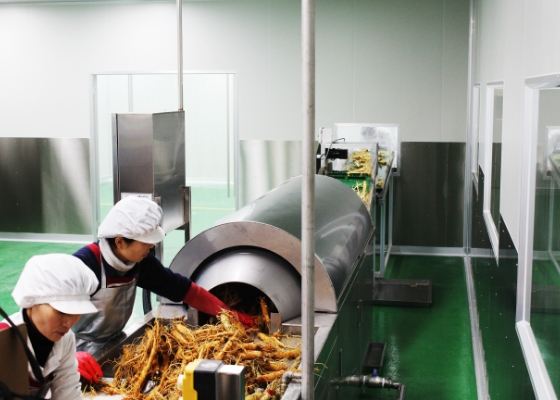
2.Ginseng Washing
-
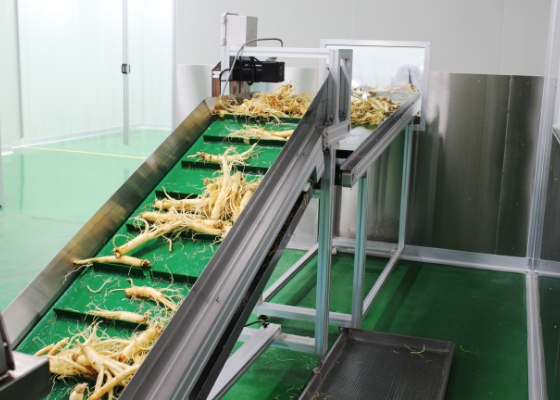
3.Ginseng Washing
-
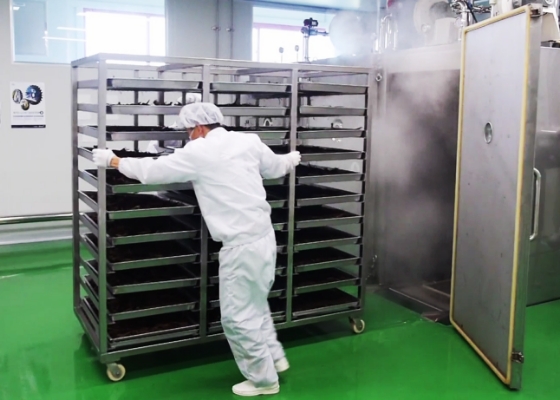
4.Steam machine Steaming
-
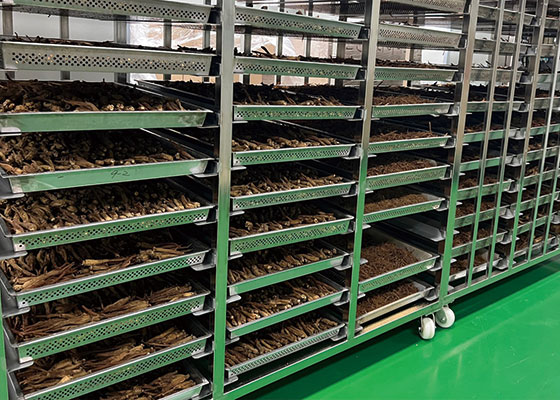
5.Dry machine Drying
-

6.Sunshine Natural Drying



